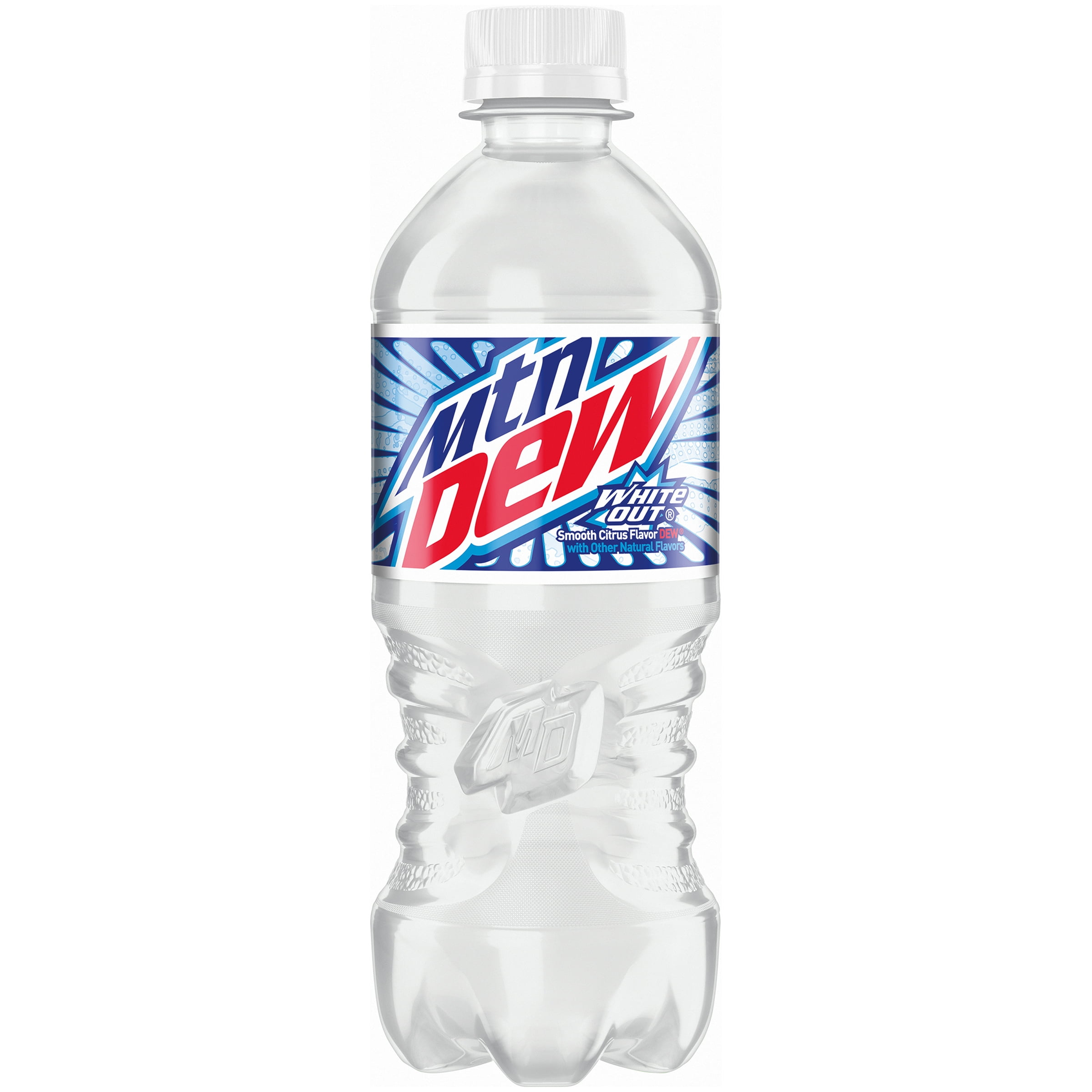

However, BVO as a food additive is not permitted in Europe and Japan as it has been linked to thyroid problems. Without BVO, it would be difficult to keep the flavors homogenous and suspended in water that give a cloudy look to the drink. The cloudy appearance of Mountain Dew is due to BVO that keeps the citrus flavors remain together and prevents them from dissipating and floating on the surface. Brominated Vegetable Oil (BVO)īVO primarily added in citrus-flavored beverages like Mountain Dew, acts as an emulsifying agent. Apart from this fruit juice concentrate, other natural flavors have also been added to improve the taste. The concentrate juice adds a slight citrus flavor to the drink. Orange Juice ConcentrateĬoncentrated orange juice that contains miniscule amounts of water is also added in Mountain Dew to enhance its flavor. It is a white crystalline powder that imparts a bit of sour taste and also stabilizes carbonic acid which is added to create a characteristic ‘fizz’ in the drink. This is yet another important component of soft drinks like Mountain Dew and primarily acts as a flavoring agent. Sodium citrate and sodium benzoate are also added as flavoring agents that render a tart flavor to drinks. Using these food additives also helps maintain freshness of the beverage for a longer duration. These are the commonly used food preservatives that help extend the shelf-life of the drink. Instead of HFCS, sugar is used to add flavor to the drink.Įrythorbic Acid, Sodium Citrate, and Sodium Benzoate Considering the widespread criticism, an HFCS-free version of the beverage, ‘Mountain Dew Throwback’ was launched in 2009. However, it has also received a lot of bad press as it is highly processed and its excess intake has been linked to obesity, diabetes, heart diseases, and hormonal disturbances. Besides being cheaper than sugar, HFCS also increases the shelf-life of processed foods and soft drinks. It is essentially a mix of fructose and glucose and generally the amount of fructose present in HFCS is either 42% or 55%. A sugar substitute, it is obtained from cornstarch. This is a food additive, a commonly added liquid sweetener in a variety of carbonated beverages like Mountain Dew. As it is a petroleum-based dye, it may negatively affect health and cause allergic reactions such as asthma, hyperactivity, and concentration problems in children. However, Yellow 5 is purportedly one of the harmful ingredients in Mountain Dew. Yellow 5 is an FDA-approved dye, added to color soda drinks. This synthetic water-soluble dye is derived from petroleum (a crude oil product found in diesel and gas) and often used as a coloring agent in a variety of processed foods and beverages. He neon yellow color of Mountain Dew comes from Yellow 5 (tartrazine or E102), a synthetic lemon yellow azo dye. A 12-oz serving of Mountain Dew supplies around 54 mg caffeine.

Caffeine is a known central nervous system stimulant that is known to be improving mental efficacy. The feeling of increased alertness that we get from drinking Mountain Dew is due to the presence of caffeine. In simple words, carbonated water is water that contains carbon dioxide. They are discussed below: Carbonated WaterĬarbonated water is nothing but plain drinking water treated with carbonation, a process in which carbon dioxide under pressure, is passed through plain water, which eventually gets dissolved in it. Whatever be the formulation, Mountain Dew contains some common ingredients. Pepsico has been launching variations of Mountain Dew from time to time to suit different tastes. Today, the beverage is made in different formulations that cater to diverse tastes of the consumers. The carbonated drink introduced in the 1960s has come a long way since then. Sold under the brand PepsiCo, Mountain dew has been one of the best-selling beverages in the United States. Available in just one type in 1964, Mountain Dew is available in more than 10 variations today.


 0 kommentar(er)
0 kommentar(er)
